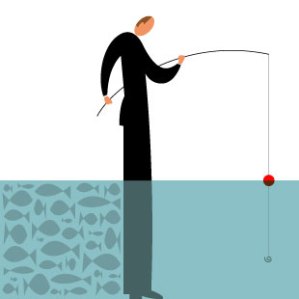 Reading an article from the Behance titled “Why Your Inner Critic is Your Best Friend” I was intrigued for a few reasons. As the author Mark McGuiness scribes, the inner critic has gotten a bad wrap – interrupting, interfering and disjointing our drive to move forward. We are always trying to silence it. To paraphrase liberally, that’s a mistake because that voice is the one that has us question our creative decisions against a standard. These can be values we have set for ourselves or from others whose work challenges us. And more so, it forces us to look at what is mediocre from what is great. The voice that whispers – sometimes shouts – drives us to take a look at our work and see if it passes the sniff test. As an evaluation tool, it might cause us discomfort when it arrives uninvited but in the creative domain we need a membrane that acts as a quality gateway. Still our first reaction is to try to ignore the critic, relegate it to some part of the cortex unreachable by conscious thought. Part of the reason we’d like to silence our inner critic is that it could very well demand change. And no one likes change but a wet baby. Change implies degrees of failure and who wants to confront that?
Reading an article from the Behance titled “Why Your Inner Critic is Your Best Friend” I was intrigued for a few reasons. As the author Mark McGuiness scribes, the inner critic has gotten a bad wrap – interrupting, interfering and disjointing our drive to move forward. We are always trying to silence it. To paraphrase liberally, that’s a mistake because that voice is the one that has us question our creative decisions against a standard. These can be values we have set for ourselves or from others whose work challenges us. And more so, it forces us to look at what is mediocre from what is great. The voice that whispers – sometimes shouts – drives us to take a look at our work and see if it passes the sniff test. As an evaluation tool, it might cause us discomfort when it arrives uninvited but in the creative domain we need a membrane that acts as a quality gateway. Still our first reaction is to try to ignore the critic, relegate it to some part of the cortex unreachable by conscious thought. Part of the reason we’d like to silence our inner critic is that it could very well demand change. And no one likes change but a wet baby. Change implies degrees of failure and who wants to confront that?
We are creatives
Though not art directors nor filmmakers we make similar kinds of decisions. (Let’s not digress please). For those whose responsibility means creating learning in any of its forms we have an audience we must reach.The inner critic should always be at work. If you regard making learning ‘products’ that deliver knowledge, skills or behaviors that infuse performance change in others you had better question every decision. And the critic sets standards.
Building Learning is a Creative Act
How so? In fact making learning is very far from simple. Consider these fundamental tasks which demand creativity; writing content, guides, assessments or narratives; developing storyboards where words and actions converge, and then conceiving compelling interactions for learners. And that’s the easy stuff. What about strategy for example, a much larger decision that will shape the entire project. Strategy asks us to determine which road to take based on multiple factors many of which are subjective. Assuming time on learning, budget and resources are fixed, core decisions must be made. Is it a course, webinar, podcast? Do we ‘socialize’ the learning to instigate collaboration? Whom among the staff will deliver the best result?
This sounds like an easy sell. However those who know how the brain works are fully cognizant of how decisions are made. Decisions are messy and complex – even if you think (think?) not. And to make the best decisions you need the inner critic. One other reason to consider the critic a vital component of the creative act: The experienced among us inevitably look backwards to solutions that have worked in the past; the temptation to modify rather than create from scratch relieves us from some anxiety. There’s nothing wrong with this process; it saves time, money, and resources – and learning from past miscues all combine to amortize prior work to drive out costs.
Where Does the New Stuff Come From?
That’s asking a question for which we have neither time nor space here. Suffice to say, each of us who believe ourselves a creative know how to jump-start new ideas. Sometimes we look for examples that are similar to the challenge we’ve been given. We do research, we search out the guru’s. We look, we seek out unrelated elements to stir it up. Most of us want to be better, learn in the process and push ourselves to achieve at higher levels. And in those efforts expect the critic. A sharp critical focus helps in all respects. I believe the louder it speaks the better the result. As both a bull%^#@ meter and a filter you couldn’t ask for a better tool. So make friends with your inner critic and learn to listen. In the same way intuition tries to be heard but doesn’t always get through, your inner critic is never in ‘out of service area’ zone.
